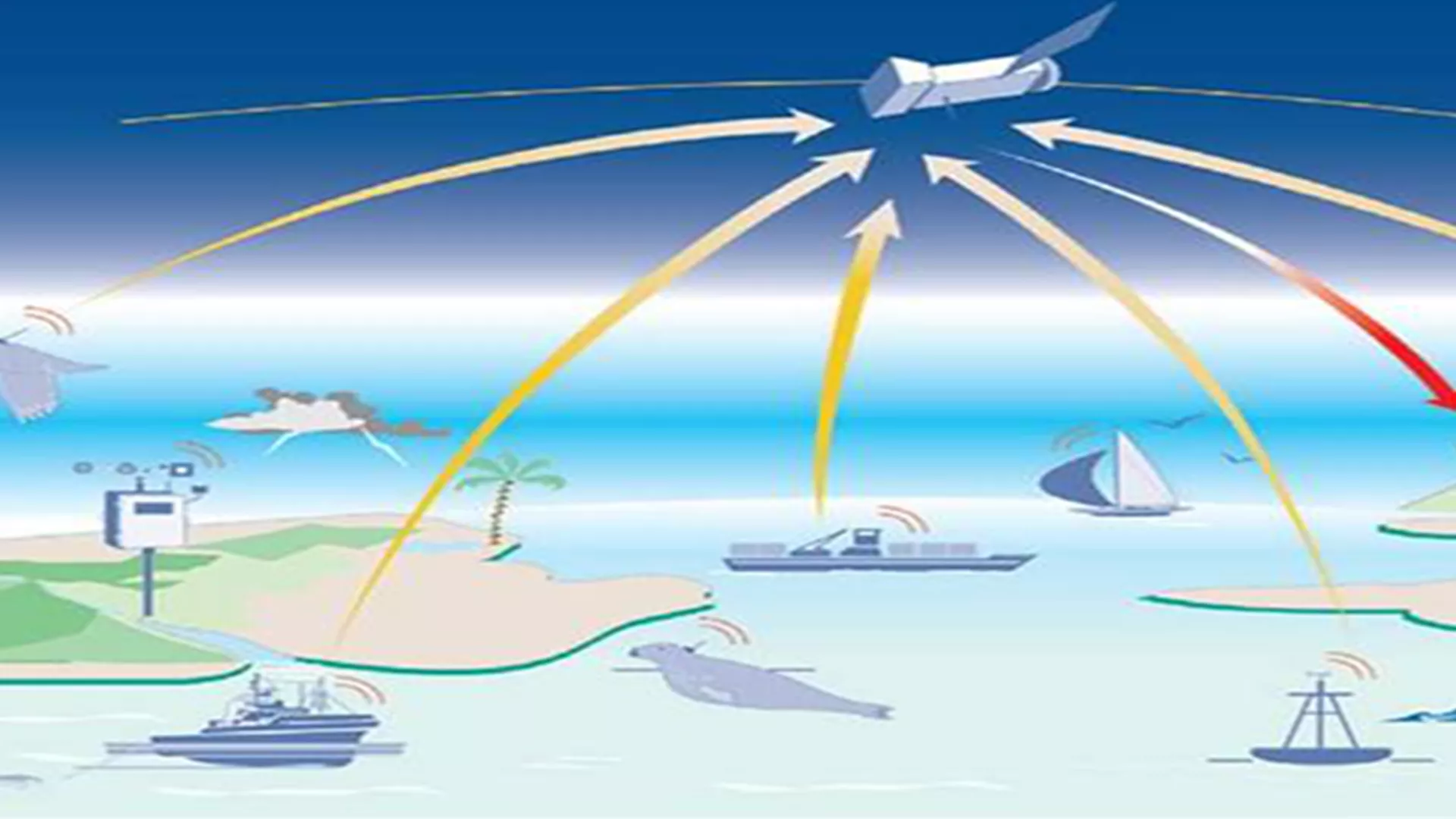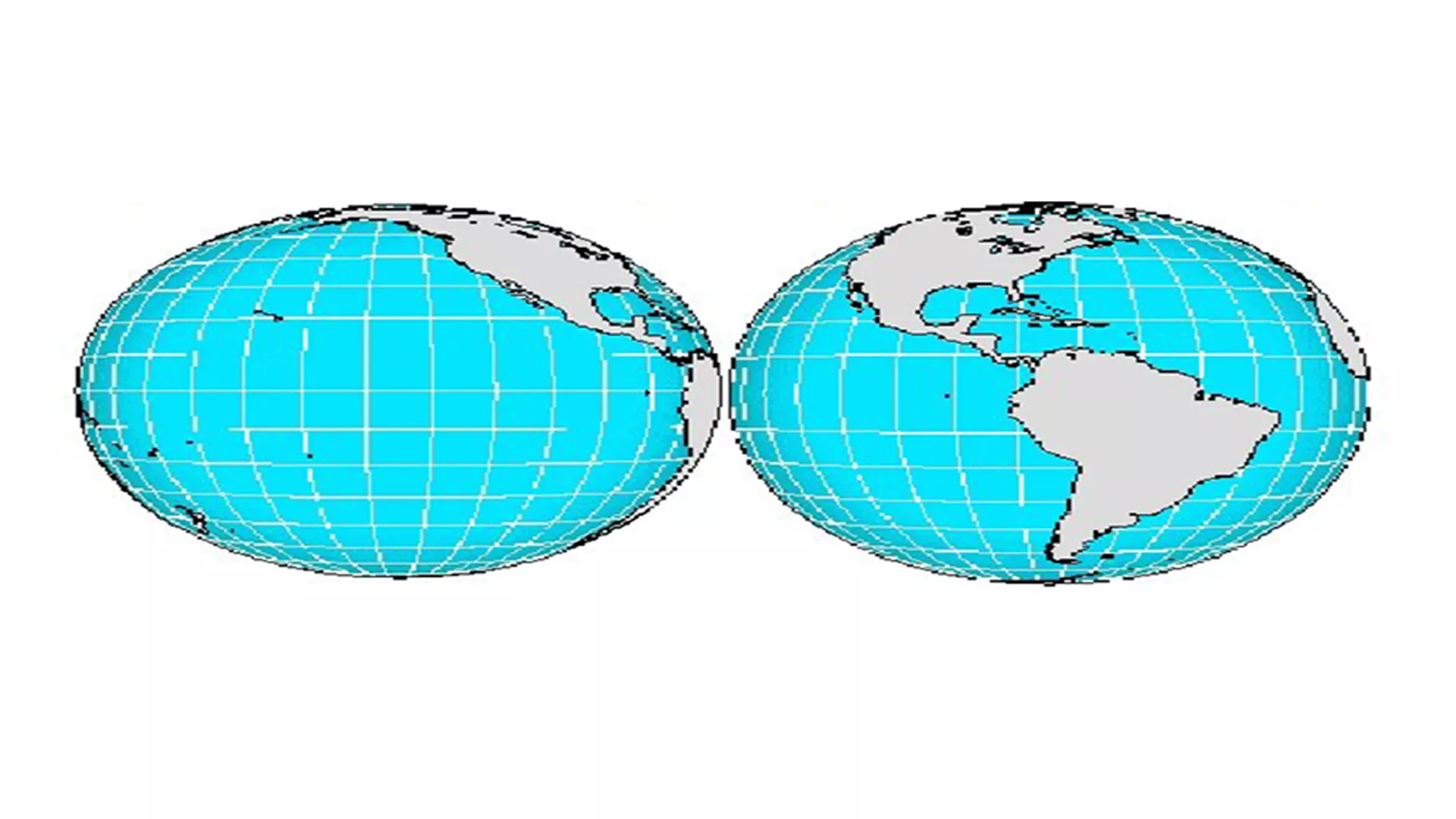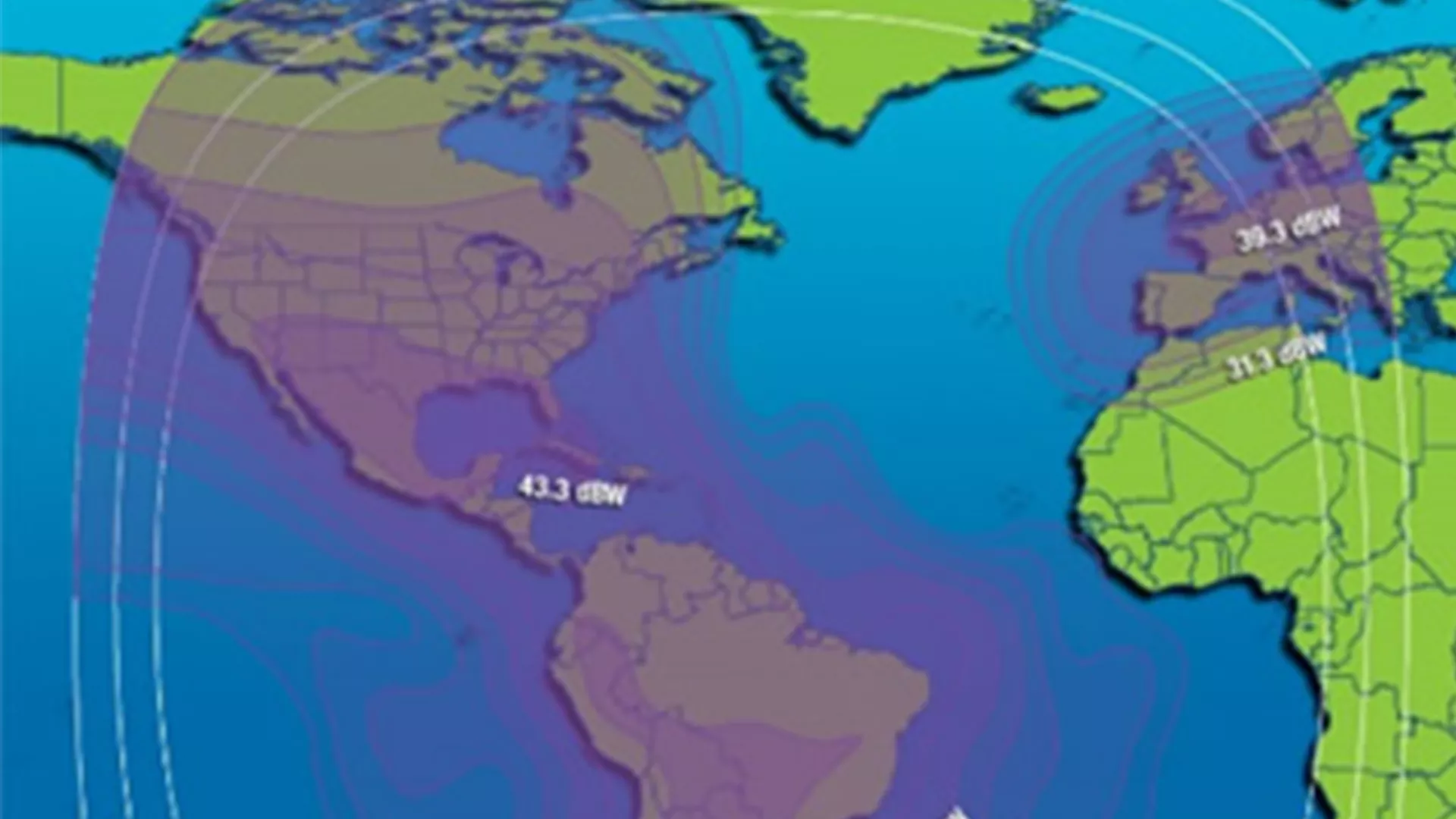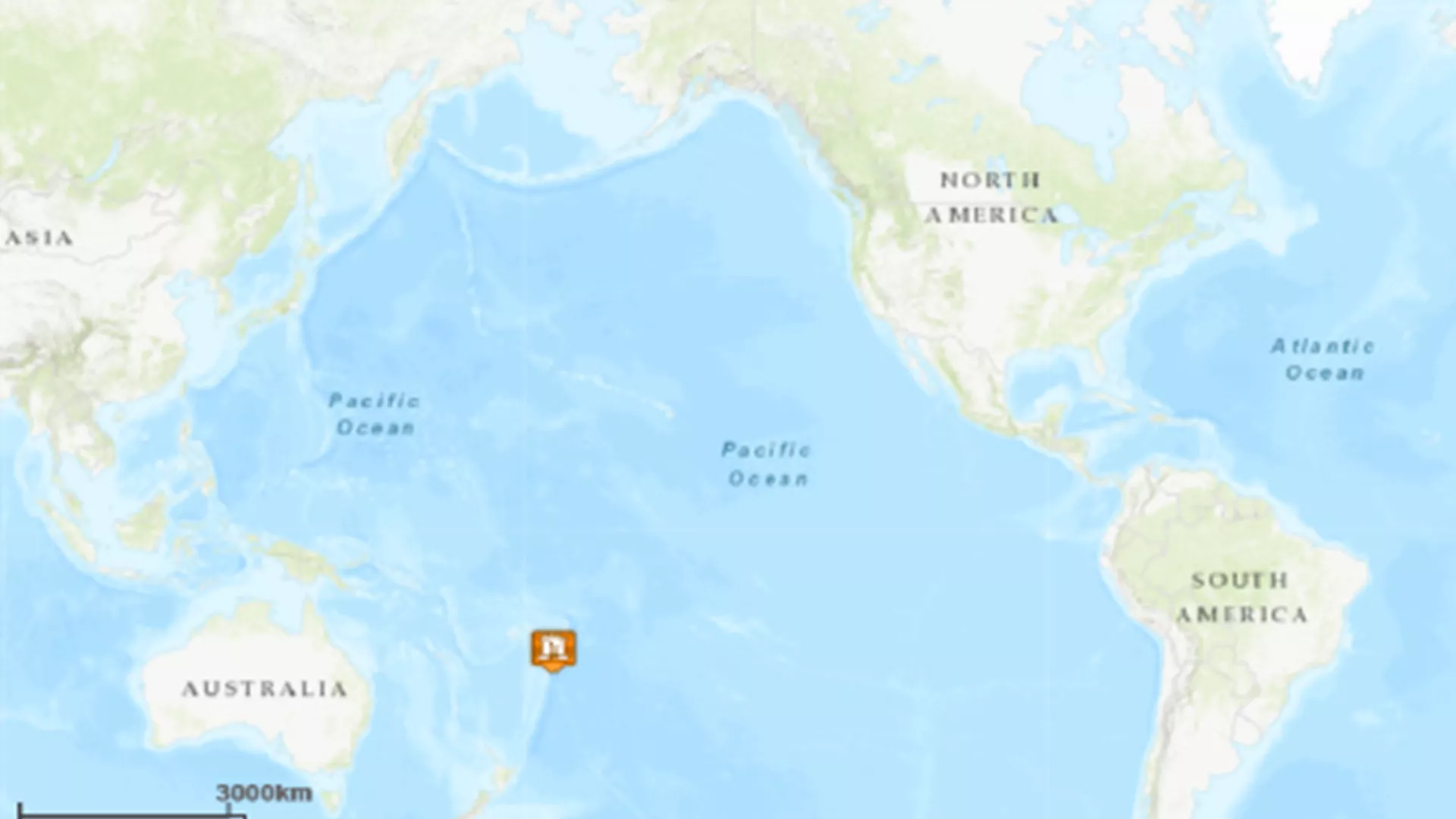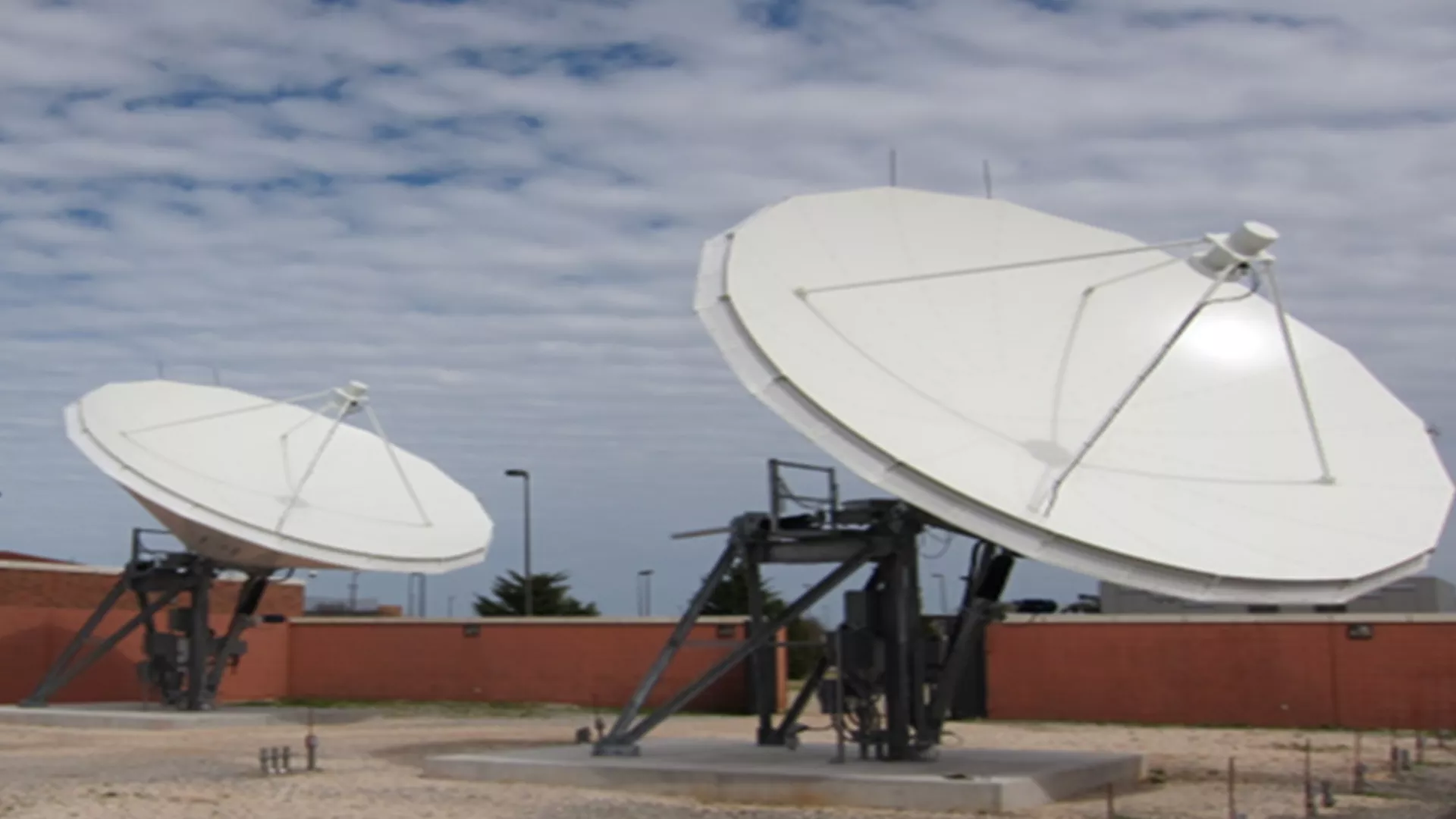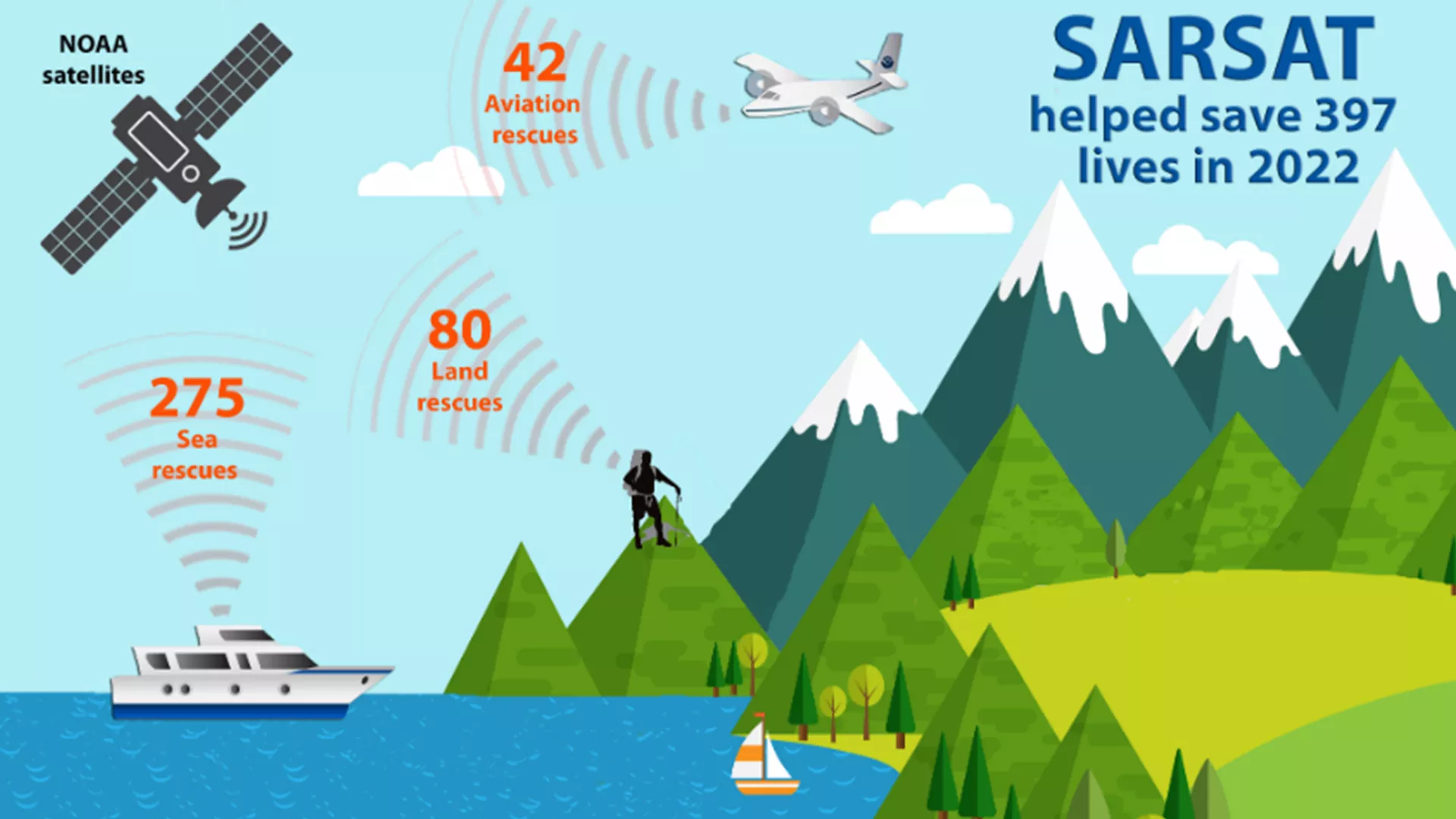The Direct Services Branch (DSB) is responsible for keeping NOAA's broadcast services running smoothly, and is the main way people can interact with NOAA's satellite transmissions. DSB leads the Search and Rescue Satellite Aided Tracking (SARSAT) system, as well as GOES and Argos Data Collection Systems (DCS). It also manages satellite rebroadcast services like GEONETCast Americas (GNC-A), GOES Rebroadcast (GRB), and High Rate Information Transmission/Emergency Managers Weather Information Network (HRIT/EMWIN).
DSB works with other government and international agencies to plan and sustain these services long-term. Additionally, DSB helps people understand and use these satellite services to protect lives and property through outreach, education, customer support, information access, and satellite broadcast services.
